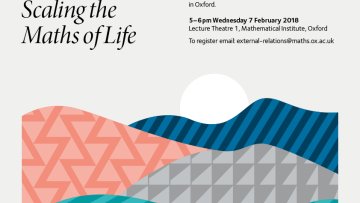Classifying Conversation in Digital Communication
Abstract
Many studies of digital communication, in particular of Twitter, use natural language processing (NLP) to find topics, assess sentiment, and describe user behaviour.
In finding topics often the relationships between users who participate in the topic are neglected.
We propose a novel method of describing and classifying online conversations using only the structure of the underlying temporal network and not the content of individual messages.
This method utilises all available information in the temporal network (no aggregation), combining both topological and temporal structure using temporal motifs and inter-event times.
This allows us to describe the behaviour of individuals and collectives over time and examine the structure of conversation over multiple timescales.


